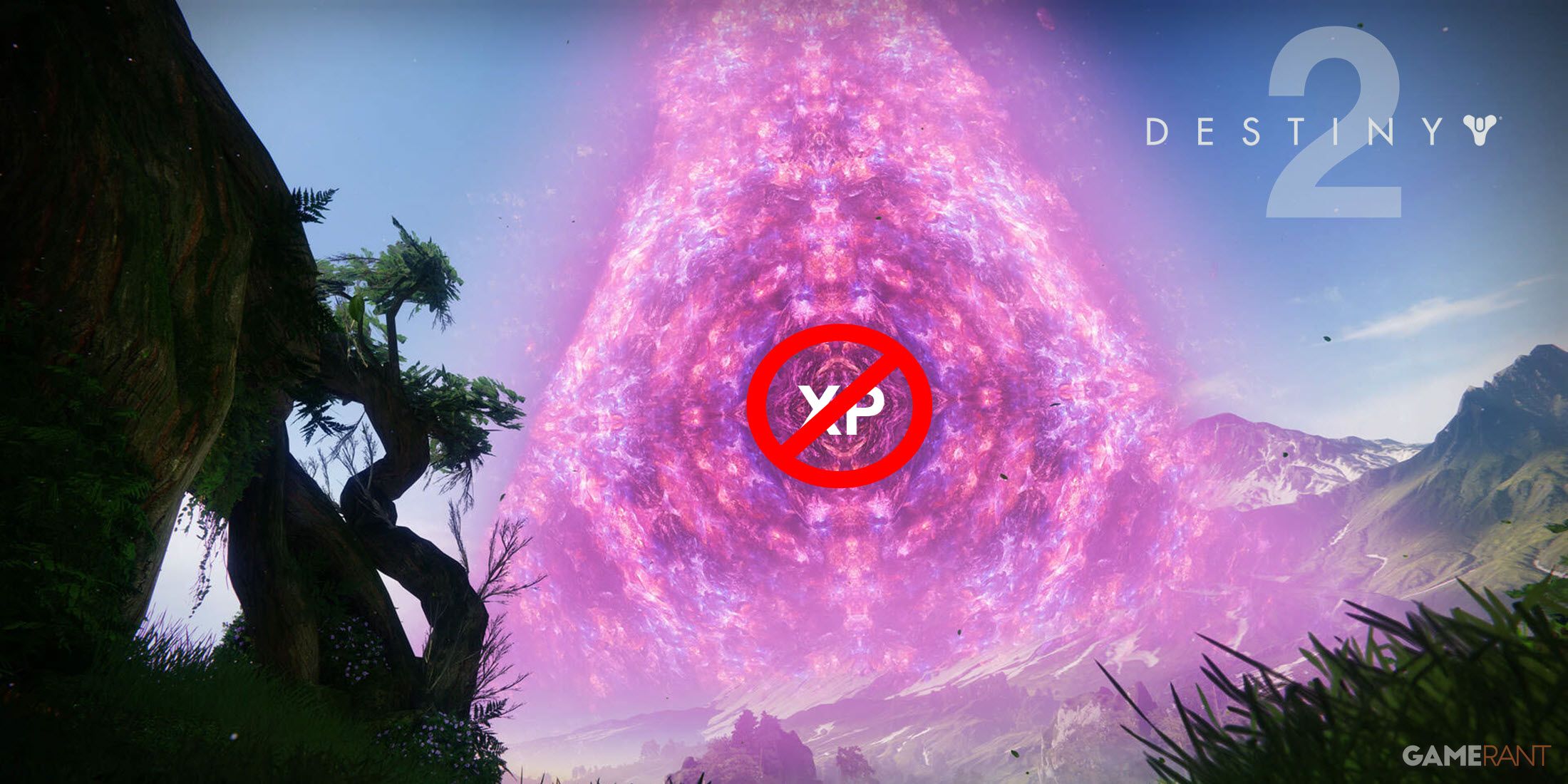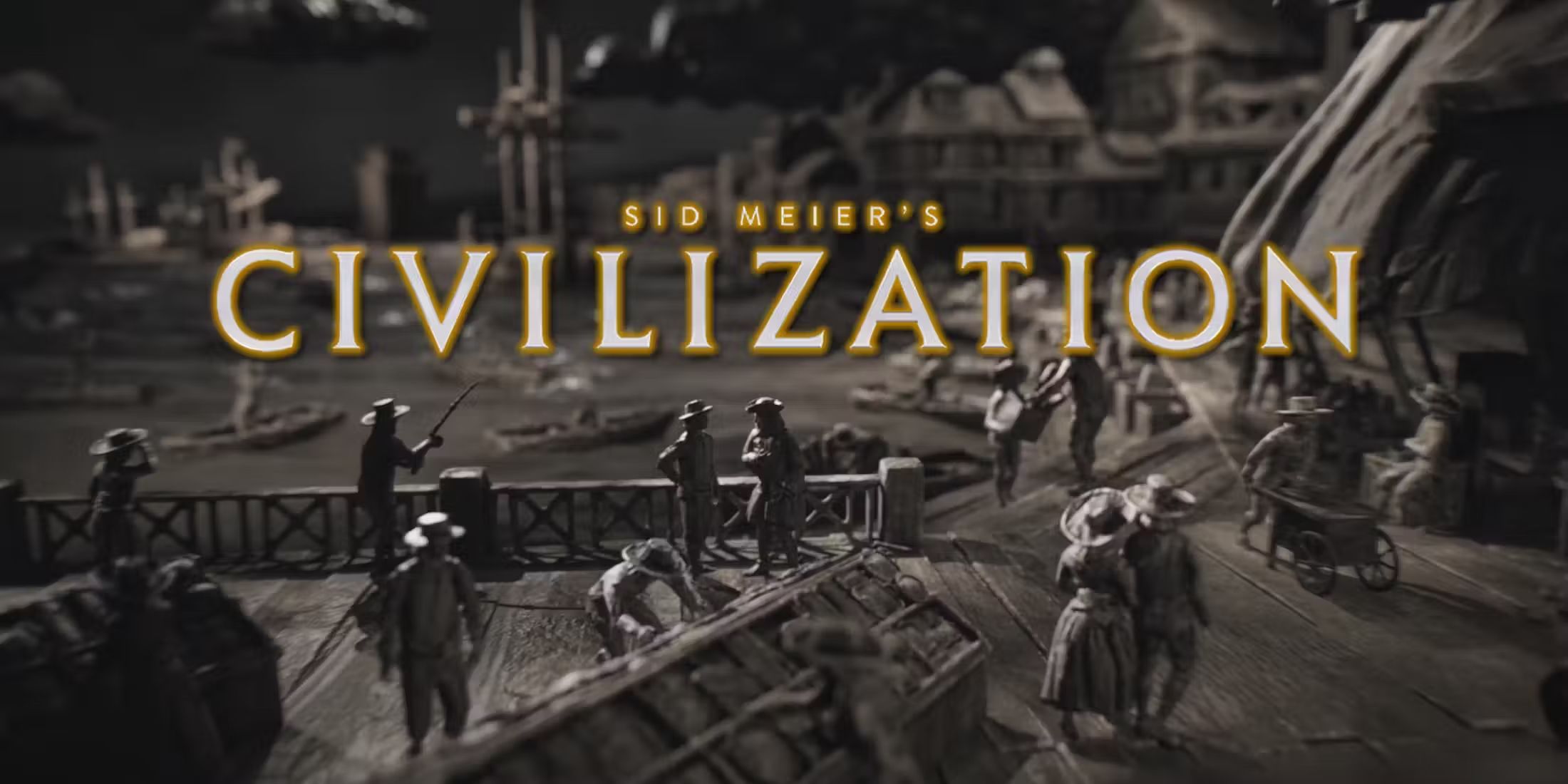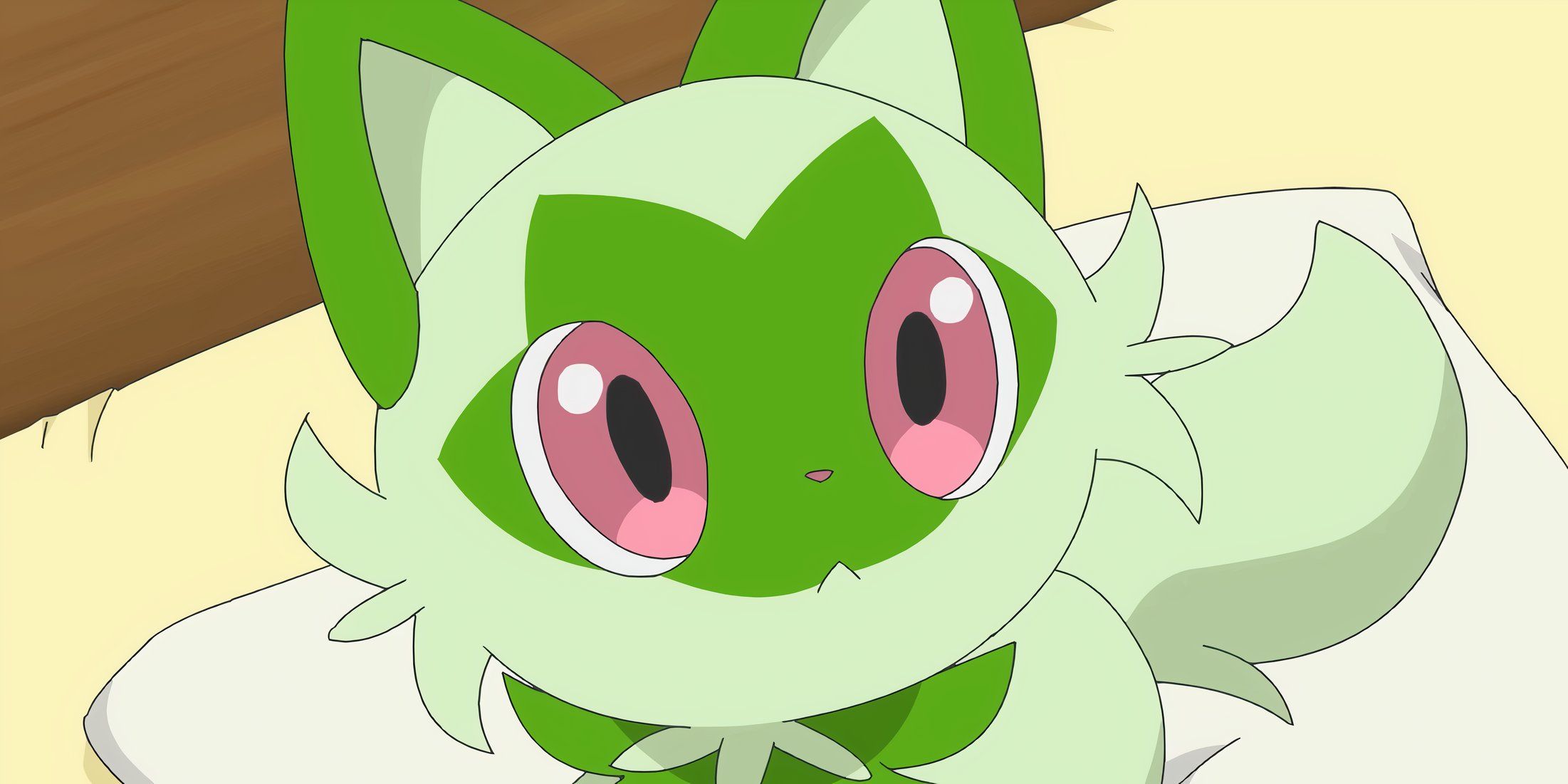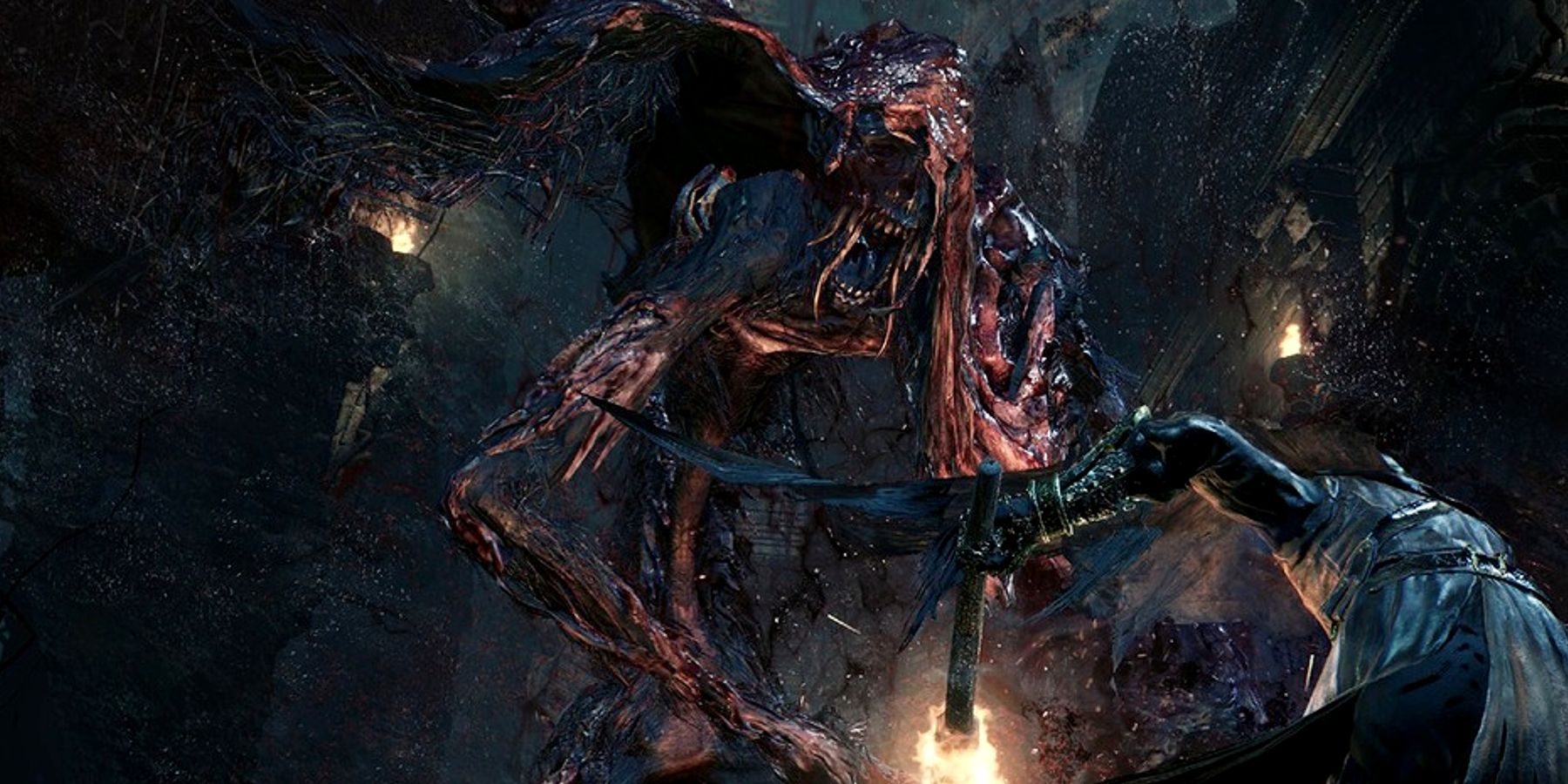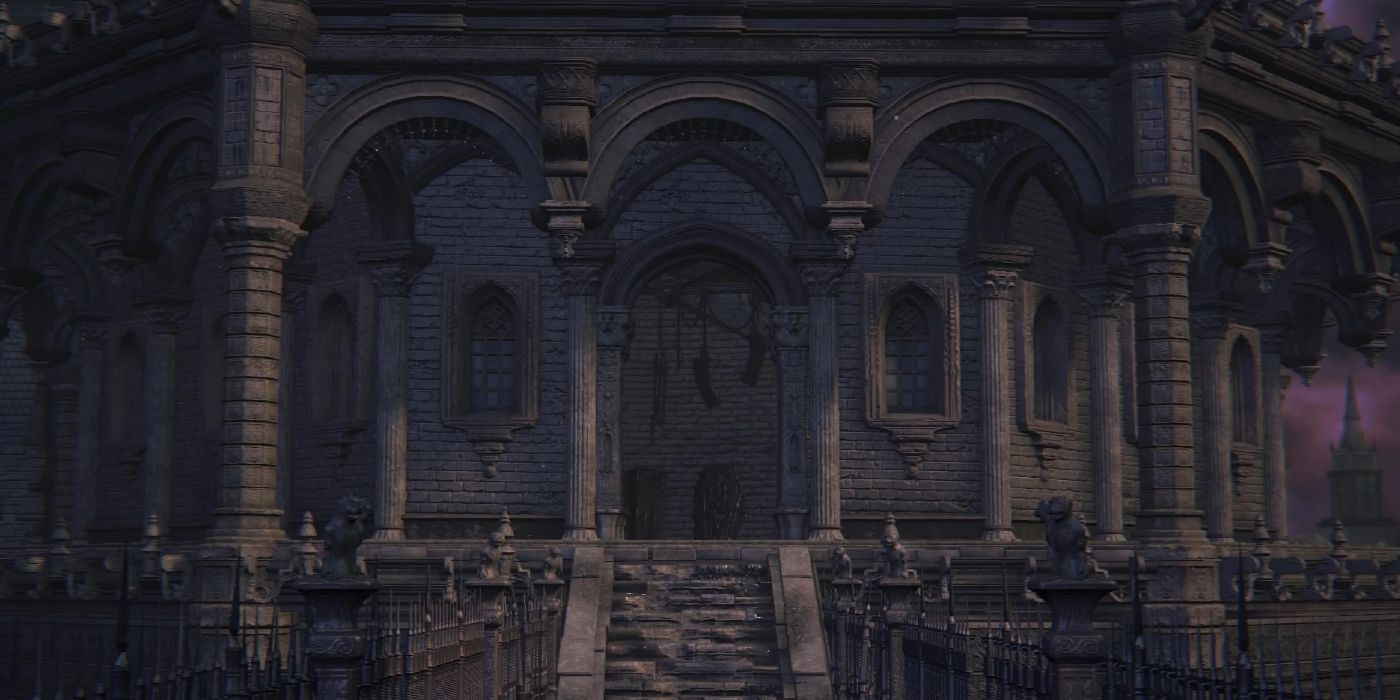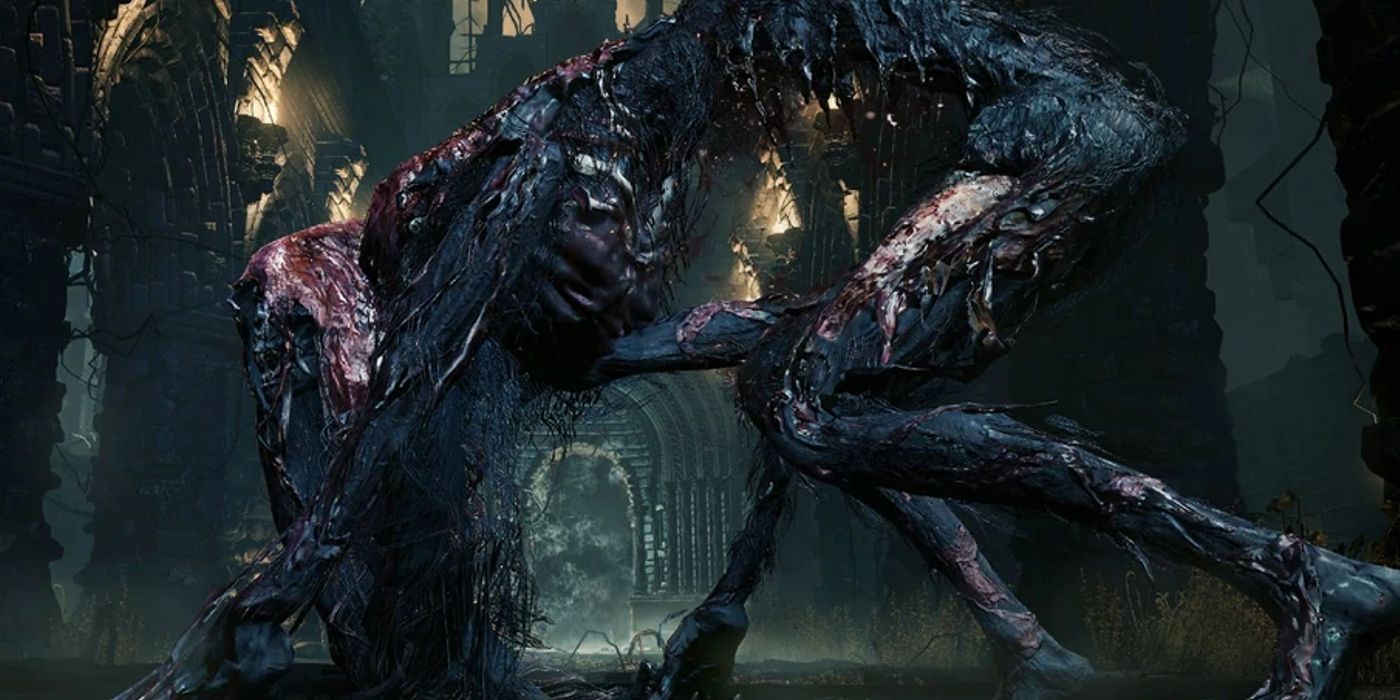Even in FromSoftware's dark catalog, there are few titles as unsettling as Bloodborne. Set against a Victorian-era backdrop, Bloodborne presents a city—Yharnam—that is crawling with twisted, malformed creatures. For all its menacing encounters, Bloodborne is best remembered for its extremely difficult boss fights, with The Old Hunters DLC's fights ranking among the most difficult of all the Soulsborne games. Despite appearing as one of the game's earliest boss encounters, the Blood-Starved Beast stands as one of the game's more difficult fights.
Even in a uniquely mysterious game, the Blood-Starved Beast stands as one of FromSoftware's strangest and most mysterious creatures. While fans can garner clues as to the Blood-Starved Beast's origins during their playthrough, the creature remains largely shrouded in mystery, with possible ties to the Healing Church.
The Healing Church and Blood Ministration
To put it simply, The Healing Church is a cult-like organization whose activities were largely responsible for the events of Bloodborne. One of their greatest beliefs was in the power of Blood Ministration. The Healing Church believed that the consumption of Old Blood taken from the Great Ones could cure a myriad of diseases and ailments. It is believed that in an effort to spread their Blood Ministration practice, the Healing Church manufactured the Ashen Blood disease so that they could later provide the cure in the form of Old Blood to the residents of Yharnam.
The events of Bloodborne reveal that the overconsumption of Old Blood has serious side effects. The overuse of Old Blood causes humans to mutate into Beast creatures, with many manifesting as Bloodborne's most difficult Beast bosses like Laurence, the First Vicar, and others.
While residents of Yharnam that aren't exposed often to Old Blood can go without side effects, those associated with long-term use have worse and worse mutations. The worst offenders will mutate into Cleric Beasts, while others are turned into werewolf-like Beast Patients and other creatures. This process explains the creation of the Blood-Starved Beast, but the clues come with disturbing implications about its flayed appearance.
How The Blood-Starved Beast Came To Be in Bloodborne
Players come across the Blood-Starved Beast in Old Yharnam. It's found beneath the city and is filled with Beast-type enemies -- former humans that have been twisted into werewolf-like creatures by the Plague of Beasts. While the origins of the Plague of Beasts are unclear, fans have often speculated that it is tied to the experimentation with Old Blood by the Healing Church. Since the residents of Old Yharnam have been exposed to Old Blood longer, it makes sense that the area would have experienced the most aggressive levels of mutation.
On top of that, the Blood-Starved Beast is likely an example of someone that had greater access to the Old Blood than regular citizens. Since high-ranking officials of the church like vicars would be exposed to Old Blood more often, fans have suggested that the Blood-Starved Beast could have been a former vicar of the Healing Church, or one of the Blood Saints that provided blood for the church. Another possibility could be that the Blood-Starved Beast was another hunter or someone else exposed to frequent combat that had to rely on Old Blood for healing.
The most disturbing theory about the Blood-Starved Beast is related to its flayed appearance. Since Old Blood is highly addictive, fans have theorized that the Blood-Starved Beast's flayed appearance is related to an insatiable desire for blood. When the Blood-Starved Beast no longer had access to Old Blood, it began to tear at its own flesh in order to slake its thirst for blood, meaning that its disgusting appearance is a horrifying example of self-cannibalism.
Bloodborne is available now for PS4.

